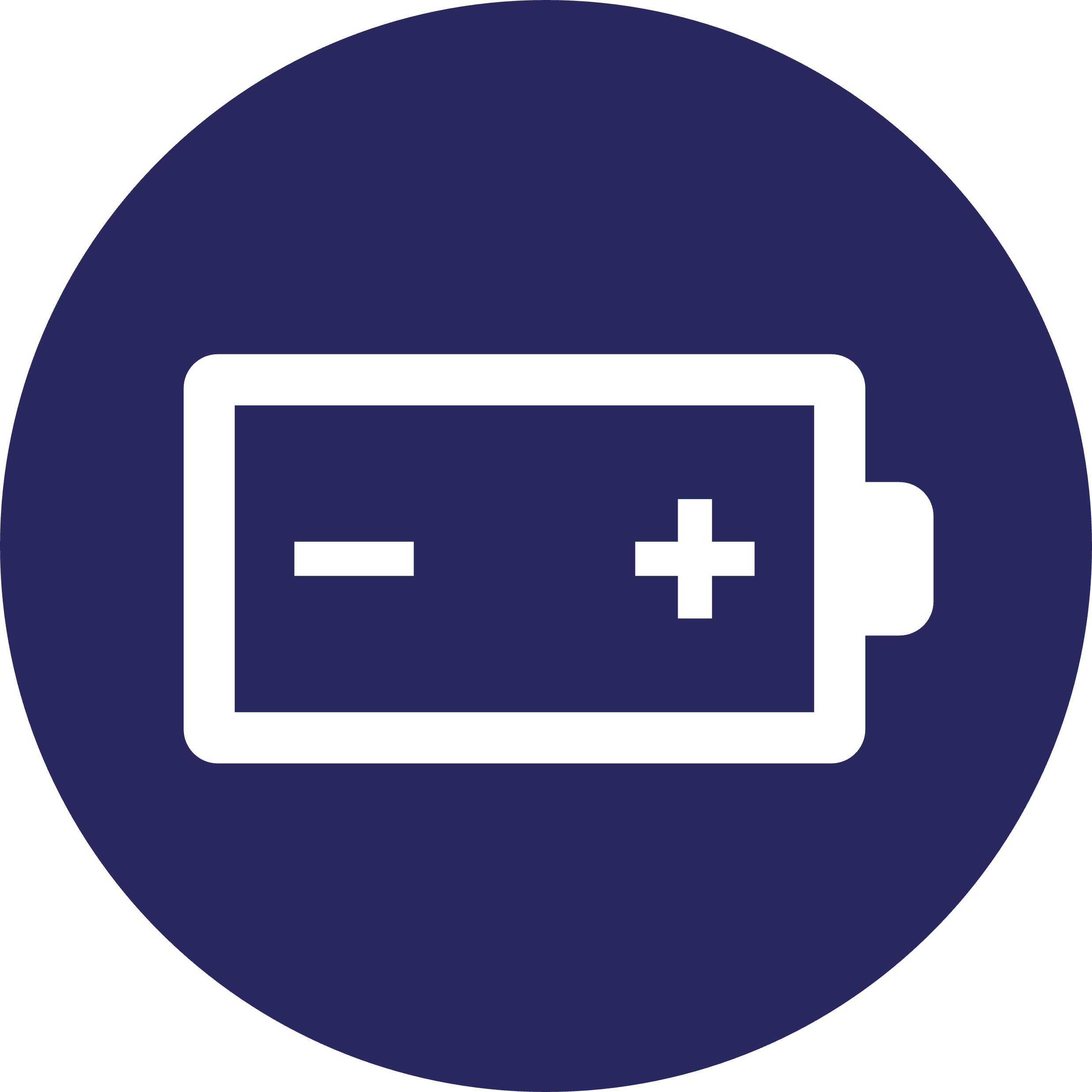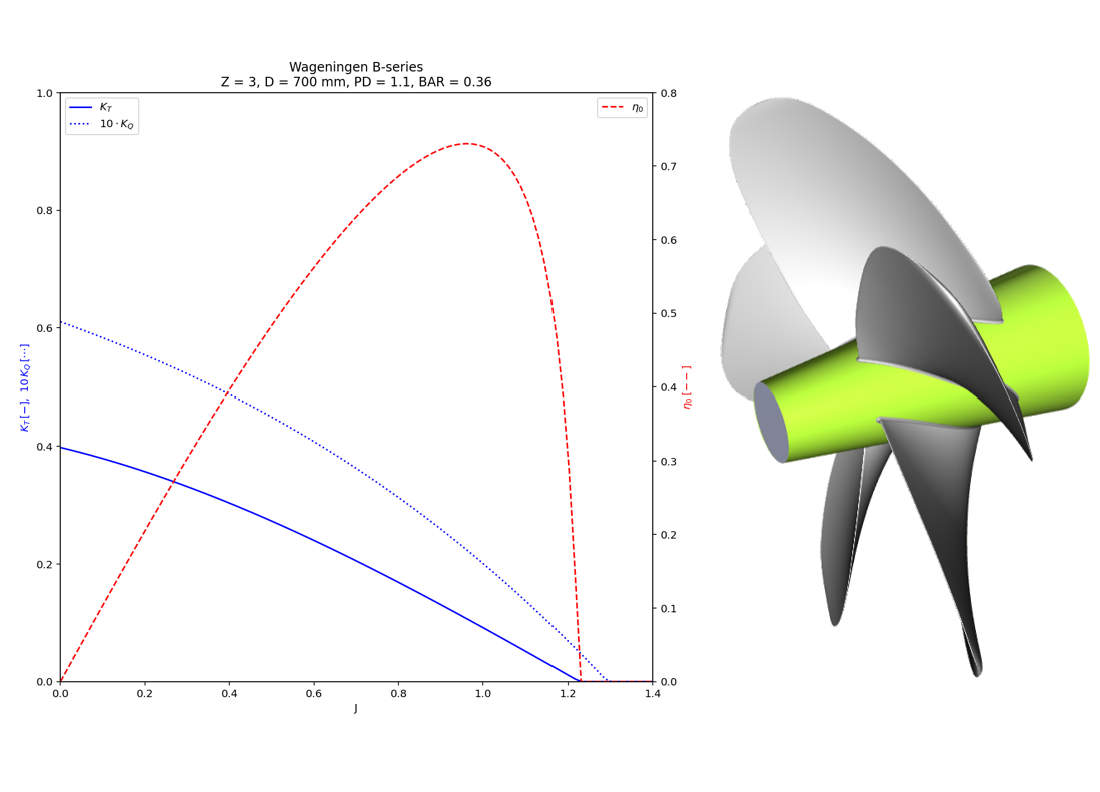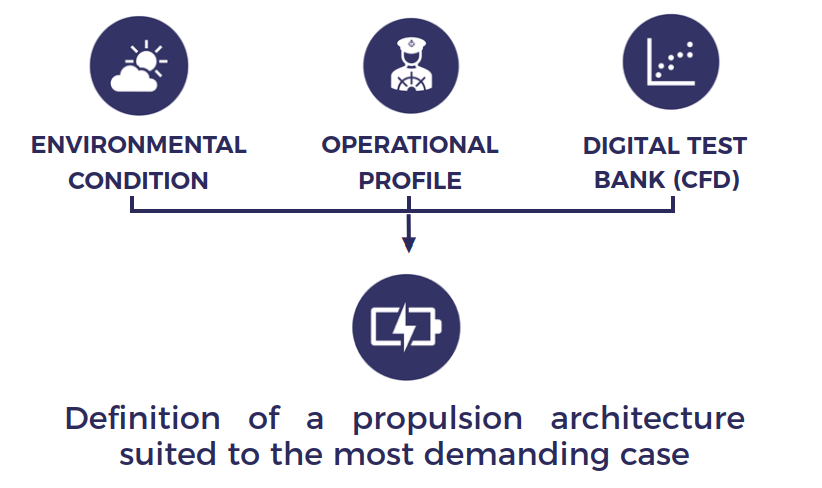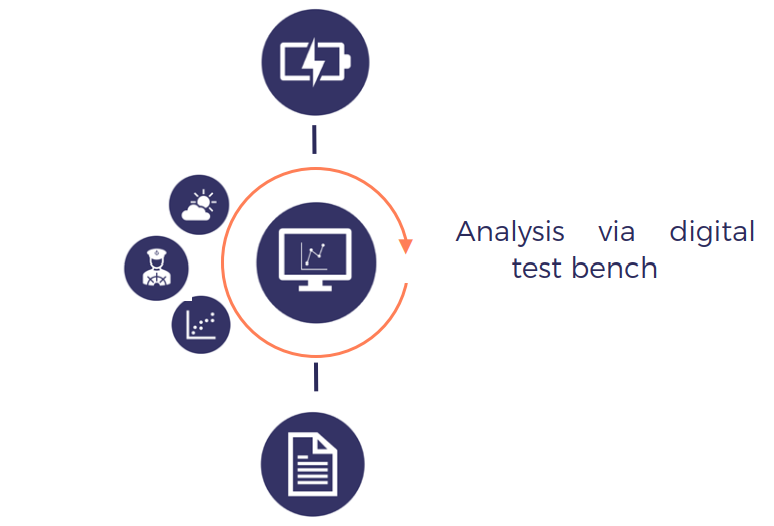NepTech’s Services for
High-Performance Propulsion
NepTech’s Energy-Propulsion Services are tailored to the specific needs of each project, whether for new vessels or the repowering of existing fleets
1. Needs analysis and initial modeling
Understanding requirements to design tailored solutions
- Analysis of operational profiles and energy needs (propulsion, hotel loads, shore systems)
- Quantification of propulsion and energy requirements: conducting operational assessments on reference vessel(s) or running test campaigns in digital test tank (CFD)
- Consideration of technical and environmental constraints for customized solutions
2. Design and sizing of the energy-propulsion architecture
Creating customized energy-propulsion architectures to optimize performance
- Sizing studies to maximize autonomy and reduce emissions
- Solutions tailored to budgetary and supply constraints
- Comparative system studies to guide strategic decisions
3. Component selection and detailed definition
Ensuring strategic choices for optimal performance
- Selection of critical components based on performance, reliability and cost
- Preparation of specifications for each subsystem
- Calculation of storage capacities, autonomy, power and redundancy
- Testing on digital or experimental test benches before integration
- Creation of documentation for construction and commissioning
- Coordination with shipyards, integrators, and suppliers
4. Regulatory and technical support
Ensuring compliance and technical success of the project
- Preparation of regulatory documentation in compliance with river and maritime standards (ES-TRIN, national flags, Classification Societies…)
- Conducting HAZID-type risk analyses
- Support in consulting with partners and suppliers
- Energy audit and performance analysis for continuous improvements
vessel operator?
Turn to NepTech to go electric and repower your fleet!
Advanced tools for
vessel energy-propulsion Design
To meet the specific and timely needs of operators, NepTech develops energy-propulsion sizing tools and defines energy-propulsion system architectures tailored to each project

NepPropeller

NepDim

NepSim
Digital test bench for energy-propulsion architecture of vessels
Allows the estimation of energy needs and defines the optimal use of energy-propulsion systems across various vessel usage scenarios.
NepSim accurately quantifies the energy consumed by the vessel and enables:
- Estimation of daily energy consumption (propulsion, hotel systems, shore requirements)
- Simulation of power distribution between hybrid components based on constraints
- Optimization of energy-propulsion architectures under varying conditions
It generates detailed consumption profiles and reports to validate technical choices that balance performance and sustainability.
A project? A QUESTION?
NepTech technical team supports you in your projects
What is an energy-propulsion system?
An energy-propulsion system is a system that generates and transmits
the energy required to propel a vessel

Power sources

Electric converters

Control and monitoring

Power sources





